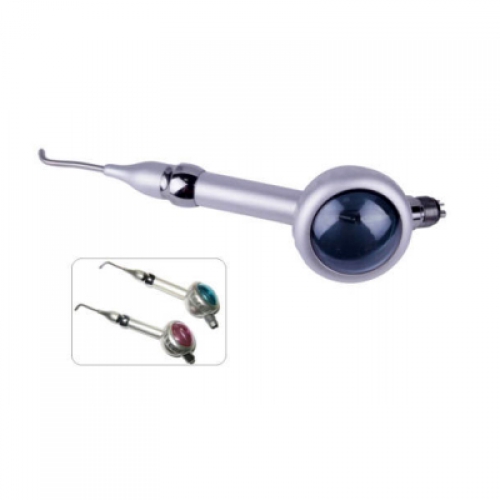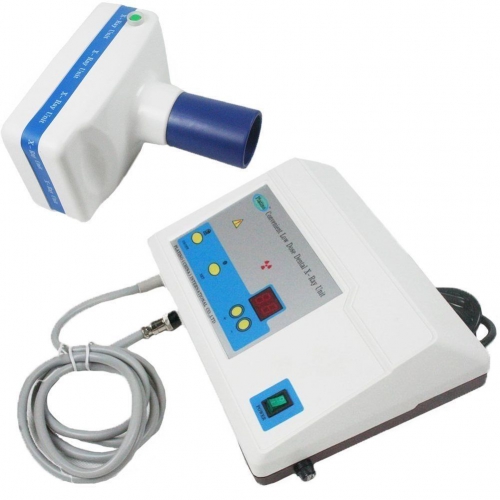Your dentist uses the specialized imaging technology to look for hidden tooth decay – also called cavities – and can show dental issues such as abscessed teeth, dental tumors, and cysts. And your dental X-rays allow your dentist to see the condition of prior dental procedures, such as fillings, crowns, root canals, and bridges. And, too, your dentist will be able to look for possible bone loss as a result of periodontal gum disease and find hidden tartar build up.
In addition to diagnostics, they may choose to perform dental X-rays in order to check for bone density as part of preparing you for dental implants, which require an adequate density in order to support the implants.

The orthodontist requires a way to obtain the size and form of craniofacial structures in the patient. For this reason, a cephalometric extension on the dental x-ray machine is necessary to acquire images that evaluate the five components of the face, the cranium and cranial base, the skeletal maxillae, the skeletal mandible, and maxillary dentition. The cephalometric attachment offers images such as frontal AP and lateral cephs.
If the practice is concentrated in endodontic and implant treatment, then a CBCT machine is the most practical method of providing the doctor with diagnostic tools such as mandibular canal location, surgical guides, and pre-surgical treatment planning with the assistance of powerful 3D dental software applications. The patient is benefited by the reduced radiation exposure provided by these machines.
While many patients see their dentist in-office, others require the dentist and dental equipment to go to them. Those who are incarcerated, home-bound, in nursing homes, working in underdeveloped locations or stationed on military bases are just some of the patients who may benefit from having access to a portable dental x-ray. Teeth problems could not only be painful but could also cause many health problems. Waiting to access an in-office machine may not be an option depending on the condition.
When contemplating the change to digital dental in your practice, the choices can be confusing for the dentist. Dental radiography has evolved from film and chemical developers into a highly technical process that involves various types of digital x-ray machines, as well as powerful dental software programs to assist the dentist with image acquisition and diagnostic analysis of the acquired images. When making the decision to purchase x-ray equipment, the doctor needs to research the available options thoroughly, in order to make an informed choice for the “right” machine for his or her practice.


